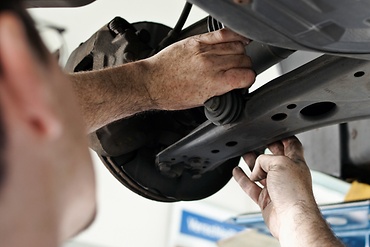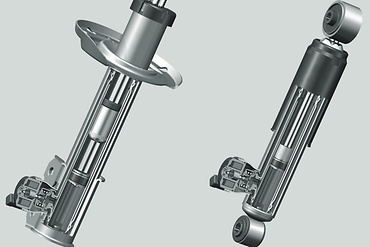The performance of the shock absorber suspension system directly affects a car’s handling safety and comfort. Improper assembly or accidents, however, can lead to distortion of dampers. This can severely shorten their service life, and also lead to serious damage to the component. At worst, even a complete replacement of the defective shock absorbers may become necessary.
Find out here what causes distortion and exactly what effects it has. You will also learn how to prevent it, when to change shocks and how to change the shock absorbers of a vehicle. If you apply this knowledge, installing car shocks without distortion will be easy.
How-to-guide
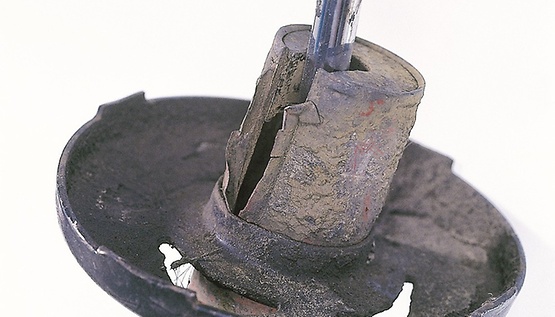
There are two main reasons for damper distortion: Firstly, even minor accidents may lead to the mounting points of the dampers being displaced in the chassis so that they are no longer aligned. Frequently, the piston rod is also bent in the process.
Secondly, lack of care during installation is a frequent cause of distortion. Only tighten the damper screws in the design position, i.e., not when the axles are hanging. Otherwise, when you put the car back down on its wheels, the twisting of the fixing rubber will distort the damper. What's more, once the vehicle is standing on the ground again, the mounting points are no longer properly aligned.
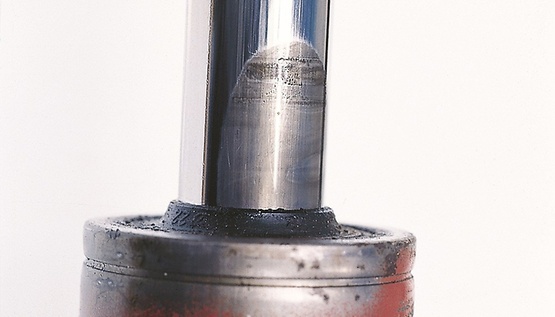
Due to the distortion, one side of the chromium plating on the piston rod surface presses against the guide and sealing unit with each stroke – and is ultimately worn through. The result: heavy wear on the seals and piston rod guide. This causes loss of oil leading to performance drop of the damper.
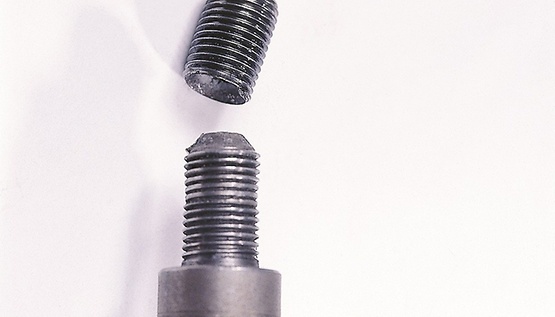
Here are clear instructions on Instruction on changing shock absorbers to prevent these distortions and defects:
- 1. Check vehicle for accident damage and other damage.
- 2. Install dampers in the lifted vehicle and hand-tighten the screws.
- 3. Lower the vehicle onto its wheels (design position).
- 4. Tighten the screws to the tightening torque specified by the vehicle manufacturer.
Dampers installed under tension or a fastening nut tightened too firmly may lead to the stem mount tearing out. To prevent material overexpansion due to excessive tightening torques, never use impact wrenches for this work.
If you follow these tips, the dampers will function safely and reliably for a long time.
ZF Aftermarket product range
Discover the complete portfolio of suspension systems in our product catalog.
